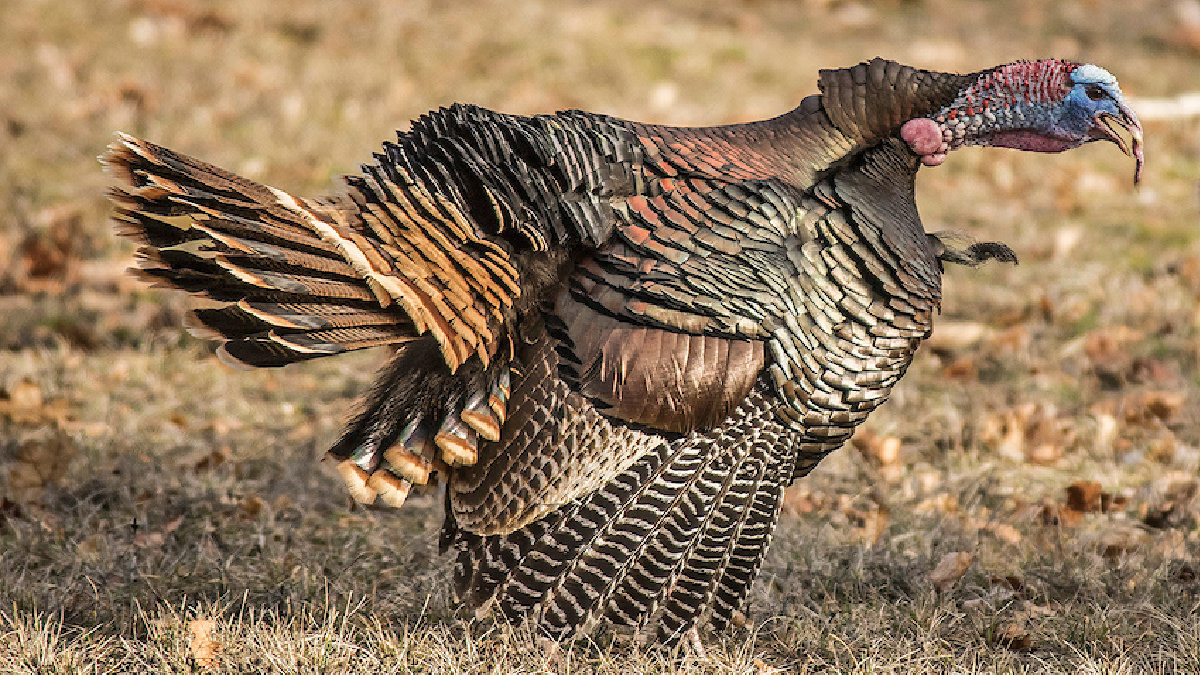
At the end of each turkey season, I like to reflect on what went right, what went wrong, and what I’d like to try differently next year. The most impactful lessons I learn are usually ones gained the hard way. Light bulb moments seem to come after screwing up multiple setups, including a few that should have been gimmies, and walking away empty-handed.
Nothing is sweeter than when it finally comes together and you reflect on what went perfectly for the hunt to pan out. It erases previous frustrations and reinforces lessons learned at the same time. While failing is part of the experience, here are a few things to help shorten the learning curve.
Bumping the Roost
Even if you don’t spook birds on the roost, it’s a high-risk setup and is often the hardest time to convince birds into range. The birds are flocked up and have a plan, making it extra hard to coax a bird into range. However, if you do make the mistake of bumping the roost, all hope is not lost. Continue observing and relocate the birds for a mid-morning hunt.
Only Hunting the Roost
The problem is that after turkeys fly down from the roost they tend to become less vocal as the day progresses. So unless you know where the turkeys like to frequent, it’s hard not to get discouraged and feed your rumbling stomach. Instead, stick it out, listen for lone gobbles, get to a glassing point, and still-hunt through the timber. Just hang in there, put in your time, and locate the bird that’s receptive and willing to play.
Getting Impatient
In an attempt to combat this issue, I implement a personal 45-minute rule. If the spot was good enough to warrant a setup in the first place, it’s good enough to invest at least 45 minutes. Just this spring I was at the 40-minute mark and badly wanted to move on to a new area. I hadn’t seen or heard a bird all morning. But as luck would have it, I notched my tag before the 45-minute buzzer. Many other hunts come to mind in which the birds undoubtedly saw my decoy spread and heard my calling but took several hours to commit. Like a November whitetail rut hunt, patience, confidence, and time in the field will often kill the bird.
Not Closing the Distance
Therefore, the closer we can get to a tom before calling, the easier we make his decision. If the terrain is favorable, investigating your calls isn’t an intense use of the gobbler’s time and the odds of him coming in increase. If you manage to get in tight with a tom before calling, he’s likely to be surprised by the presence of this mysterious hen and more likely to react emotionally. There is also less time for him to think it over or get distracted and bail.
Failing to Improvise
It's easier said than done, and I find myself in this dilemma every spring. I have a plan before every hunt and stick to that plan to a fault. I often head to a predetermined spot with expectations to do a cold-calling setup. On the way in, it seems to never fail; I see fresh turkey sign and start to slow down. I then decide to push “just a little further,” in an attempt to get to my location. As I’m sure you guessed, I bump the flock en route to that predetermined hotspot. Looking back, I should have listened to the fresh turkey sign.
On the contrary, sometimes you find a gobbler that’s hot to trot and you know his near-exact location. This is when you need to ditch the plan and commit to that bird with full-send determination. In this scenario, the gobbler is looking for companionship and the clock is ticking. Ditch your plan and take what the terrain and cover give you.





